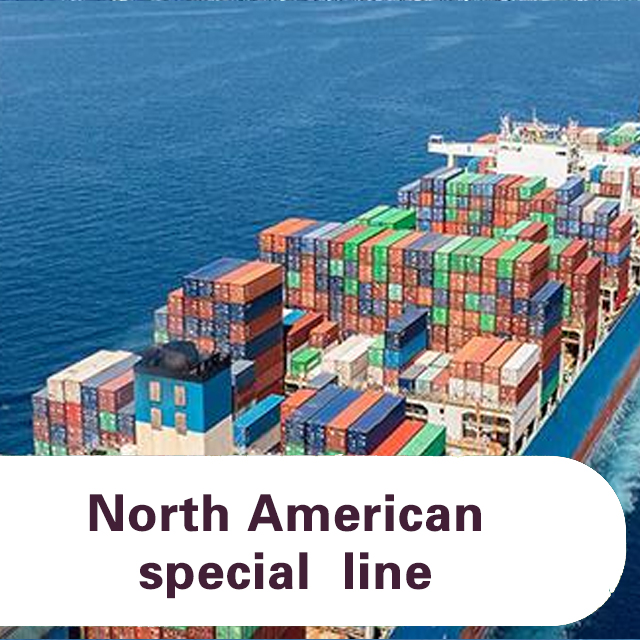The global spot exchange rates for major trade between Asia Europe and Asia America are soaring

The latest WCI index from Drewry Shipping Consultants shows that a series of factors are driving global spot freight rates on major routes from Asia to Europe and the United States to soar.
The composite index has risen by 16% in the past week, reaching $4072 per ton, which is 142% higher than the same period last year.
Drury analyst Simon Heaney told Container News that since the beginning of this month, there have been many factors driving up freight rates, although the surge in freight rates has surprised analysts, Heaney admits that Drury "cannot be 100% certain" of the reasons for the rapid increase in shipping costs.
"We believe that the surge in demand over the past three weeks, coupled with the large number of ships and containers transported to Asia, and the additional challenges posed by operational obstacles caused by adverse weather conditions in Asia, has led to a surge in freight rates," said Hini
The uncertainty of demand data is due to the fact that these data have not yet been implemented.
According to Druid's data, the shipping cost from Shanghai to Rotterdam has increased by 20% to $827, reaching $4999/feu. The housing prices from Shanghai to Los Angeles increased by 18% to $801, to $5277 per hour.
The price from Shanghai to Genoa increased by 15% to $5494 per hour, while the price from Shanghai to New York increased by 13% to $6463 per hour.
On the Atlantic route, the freight from Rotterdam to New York has increased by 1% to $2241 per box, while the freight from Rotterdam to Shanghai has slightly decreased by 1% to $673 per box. The consultant said that the return airfare prices from Los Angeles to Shanghai and New York to Rotterdam remain stable.
Heaney said that Drury believes that the surge in freight rates is temporary, not structural. Given that 1 million TEUs have already been delivered this year and an average monthly increase of 250000 TEUs is expected, it is expected that the complexity of these supply chains will not continue.
In addition, in the equation of uncertainty, the demand side is also marked with a question mark. As for whether the surge in freight volume is to replenish inventory or, as some analysts suggest, to enter the peak season ahead of schedule.
It can be certain that Asian ports are not yet fully prepared, and due to a shortage of diverted ships near the Cape of Good Hope, there is a shortage of ships, resulting in irregular arrivals, which poses challenges to the operation of Asian ports.
Heaney added, "In the first four months of this year, even with an increase of 1 million TEUs in transportation capacity, the market performance was mediocre. Now, due to the seemingly significant increase in demand, there is a shortage of transportation capacity."
He added that some importers may be seeking to establish a safe buffer for inventory to prevent supply chain delays or interruptions, as seen during the pandemic. However, the current interruption also means that the speed of container transportation back to Asia is very slow, which creates additional bottlenecks.
